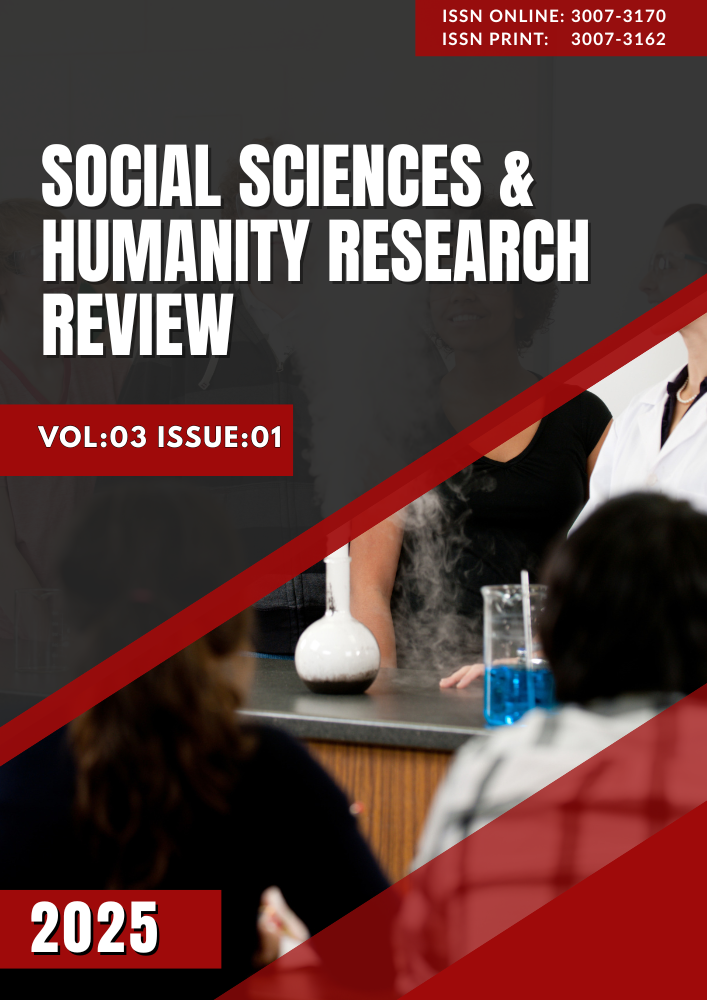"The Tapestry of Suffering: Interpreting Human Struggles in Nadeem Aslam’s The Blind Man’s Garden"
Abstract
This study employs the Wmatrix corpus tool to analyze Nadeem Aslam's novel The Blind Man’s Garden, focusing on the themes of sorrow and suffering. By generating lexical clouds, the research highlights key lexemes that encapsulate the narrative's emotional and thematic complexities. The analysis is framed through Stuart Hall's reception theory, which emphasizes the active role of audiences in interpreting texts within their cultural contexts. Aslam's rich imagery and symbolism, such as candles representing injuries and bird snares symbolizing entrapment, reveal the profound emotional landscape of characters navigating socio-political turmoil and religious extremism. The study finds that Aslam's diction creates a somber atmosphere that reflects the harsh realities of life in a conflict-ridden society, illustrating the interplay between external circumstances and internal emotional struggles. This methodology enriches the understanding of how language shapes audience engagement with literature, contributing to a deeper appreciation of The Blind Man’s Garden as a commentary on the human condition amidst systemic oppression and moral decay. The findings suggest avenues for future research on the intersections of language, culture, and emotional experience in contemporary literature.







